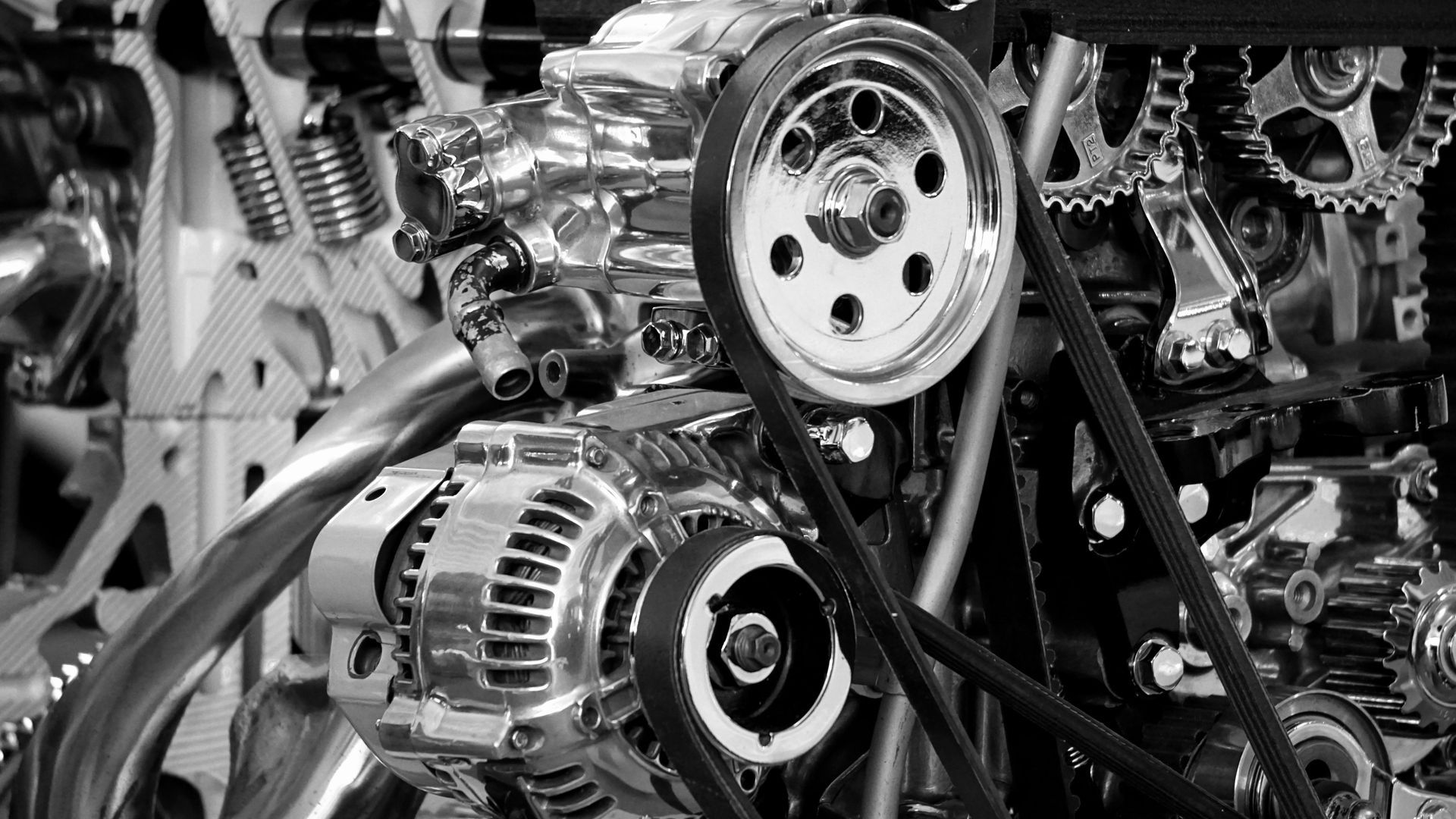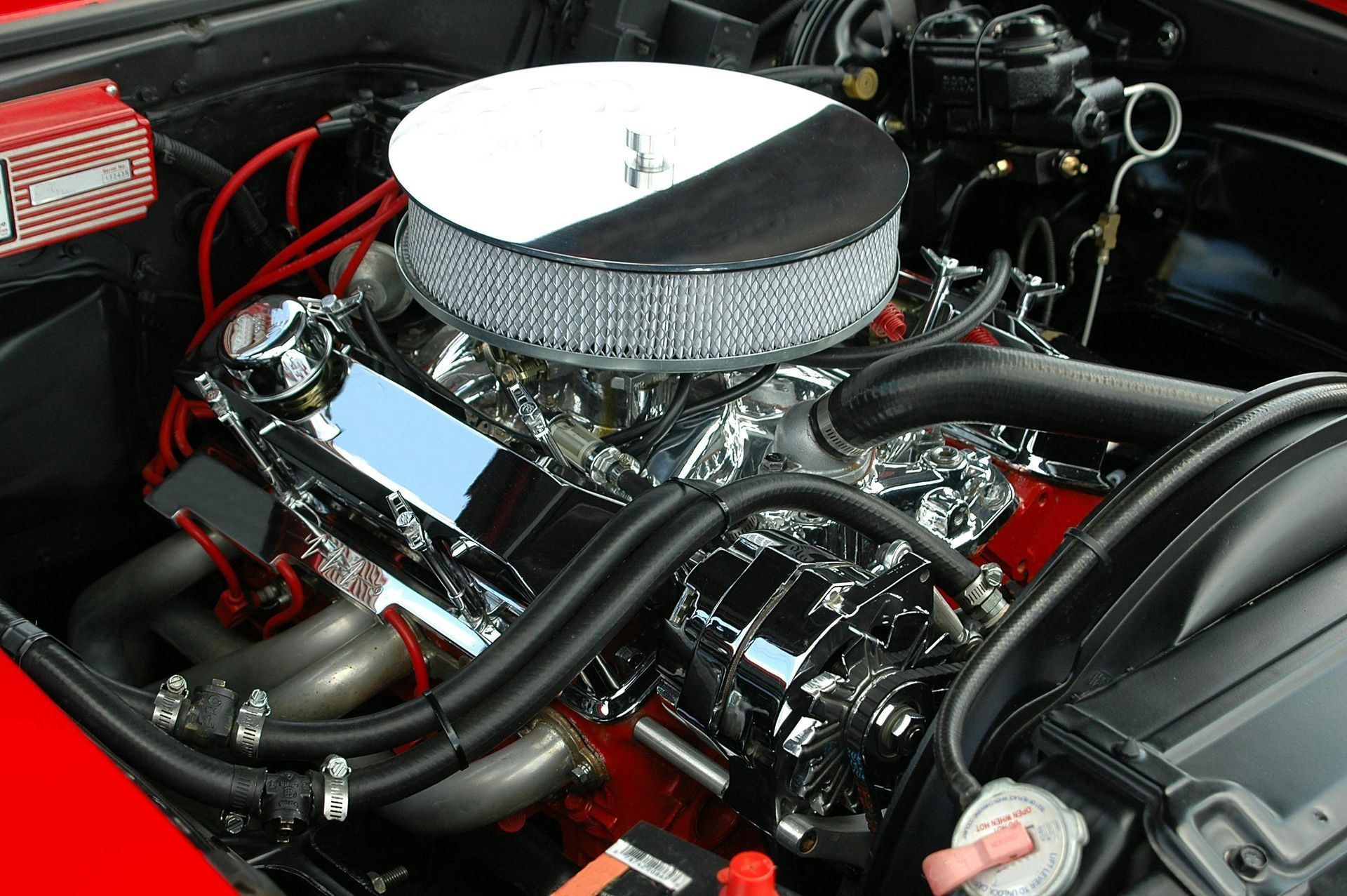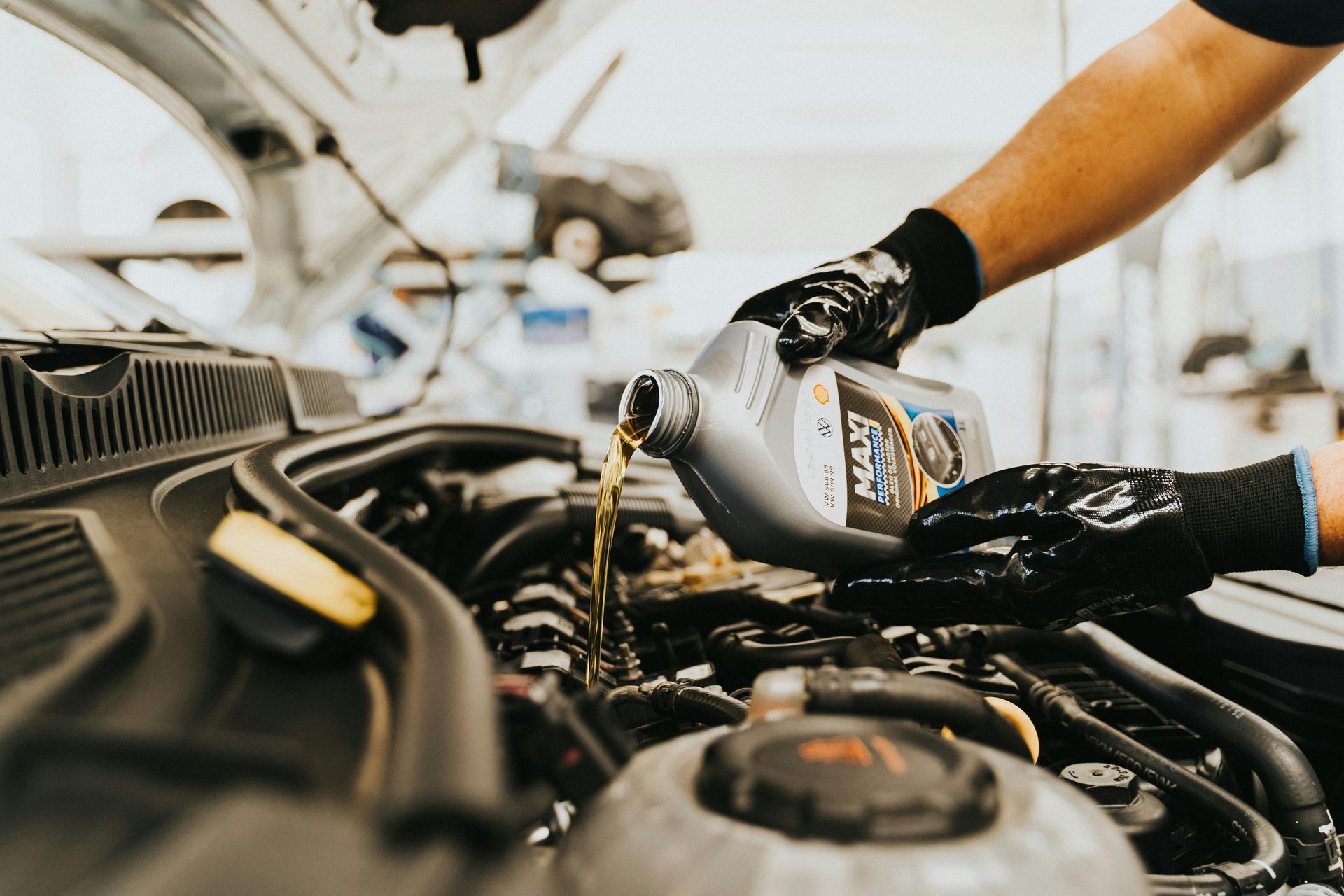Essential Fall Car Care Checklist for Colorado Drivers
Fall weather in Colorado can change faster than you can say "Rocky Mountains." One day you're cruising down Colfax Avenue with the windows down, and the next morning you're scraping frost off your windshield at 6 AM. That's why smart Denver drivers know fall is the perfect time to prep their vehicles for the challenging months ahead.
Colorado's unique climate throws curveballs at your car that drivers in other states rarely face. Our dramatic temperature swings, surprise early snowstorms, and high altitude create the perfect storm of automotive challenges. But with the right preparation, you can keep your car running smoothly whether you're commuting to Boulder or heading up I-70 to the mountains.
Your Battery Needs Special Attention
Cold weather is a car battery's worst enemy, and Denver's fall temperatures can drop to freezing without much warning. When temperatures hit 32 degrees, your battery loses about half its power. If your battery struggled during those hot summer days at Red Rocks, fall weather will likely finish it off completely.
Heat damage weakens the internal parts of your battery, making them more likely to fail when cold weather arrives. That slow start you noticed leaving the Broncos game could be your battery crying for help.
Get your battery tested before you actually need it. A quick voltage check can tell you if your battery will survive the season or leave you stranded in the King Soopers parking lot.
Check All Your Fluids
Colorado's dry fall air and wild temperature changes are tough on every fluid in your car. Your coolant might have worked fine in summer heat, but it needs to protect against those sudden freezes that can hit the Front Range overnight.
Switch your windshield washer fluid to winter-grade solution right away. Summer washer fluid will freeze solid during those surprise October snowstorms that dump six inches on Denver before you know it.
Don't forget about brake fluid either. All that mountain driving and steep descents from places like Lookout Mountain put extra stress on your braking system. Moisture in old brake fluid can freeze and create dangerous brake problems.
Tire Safety Gets Critical
All-season tires start losing their grip when temperatures consistently drop below 45 degrees. This happens in Denver much earlier than in most other cities. If you're still running summer performance tires, you might find yourself sliding around the first time snow hits the Tech Center.
Do the penny test on your tire tread. Stick a penny into your tire tread with Lincoln's head pointing down. If you can see the top of Lincoln's head, your tread is too shallow for safe driving in Colorado's varied fall conditions.
Think about when you'll switch to winter tires if you use them. Many Denver drivers wait until the first big storm, but tire shops get swamped once snow starts flying. Beat the rush by planning your changeover for mid-October.
Test Your Heating System
You probably haven't touched your car's heater since last spring, but those chilly Denver mornings will put it back to work fast. A heating system that's been sitting unused all summer can develop issues you won't discover until you're shivering on your way to work downtown.
Test your heater and defroster while the weather is still mild. These systems keep you comfortable and safe. A defroster that can't clear morning frost from your windshield can turn a simple drive to Cherry Creek Mall into a hazardous situation.
Replace your cabin air filter too. Summer dust storms and wildfire smoke can clog these filters, making your heater work harder and reducing air quality inside your car.
Lights and Visibility Matter More
Shorter fall days mean more driving in low light conditions. Those burned-out headlights you ignored during long summer days become real safety problems when you're driving home in the dark.
Check all your lights – headlights, taillights, brake lights, and turn signals. Replace any dead bulbs before you need them. Consider upgrading to brighter LED headlights if your car still has dim halogen bulbs.
Better visibility helps you spot road hazards and makes you more visible to other drivers on busy routes like I-25 or 6th Avenue.
Don't Forget Your Wipers
Summer sun and Colorado's intense high-altitude UV rays are brutal on wiper blades. They leave them cracked and streaky just when fall rain and snow arrive.
Replace worn wiper blades before the first storm hits. Nothing's scarier than trying to see through streaky wipers during a sudden snowstorm on your way to DIA.
Build an Emergency Kit
Colorado fall weather changes fast. Smart drivers prepare for the possibility of getting stuck or stranded by unexpected conditions. Keep these items in your car:
- Warm blanket and extra clothing
- Water and non-perishable snacks
- Flashlight with fresh batteries
- Ice scraper and snow brush
- Jumper cables
- Basic tools and first aid supplies
You never know when a quick trip to Whole Foods might turn into a longer wait because of surprise weather.
Get Professional Help
Fall is also perfect for catching up on routine maintenance. Fresh oil handles temperature changes better than old, dirty oil. Clean air filters help your engine work efficiently in cold, dense air.
A thorough fall inspection can catch small problems before they become expensive emergencies during the busy holiday season.
Ready Your Car for Colorado Fall Weather
Don't let Colorado's unpredictable weather catch you off guard. Whether you're commuting to Highlands Ranch or planning weekend trips to Vail, your car needs to be ready for anything.
At ImportSports Performance, we've been helping Denver drivers tackle Colorado's challenging seasons since 1997. Our ASE Certified technicians know exactly what your vehicle needs to handle everything from crisp fall mornings to surprise snowstorms.
Ready to prep your car for fall? Call ImportSports Performance at (303) 752-2422 to schedule your comprehensive fall vehicle inspection. We'll test your battery, check your heating system, inspect your tires, and make sure all your fluids are ready for temperature drops. Don't wait until the first storm – get your car fall-ready today.











